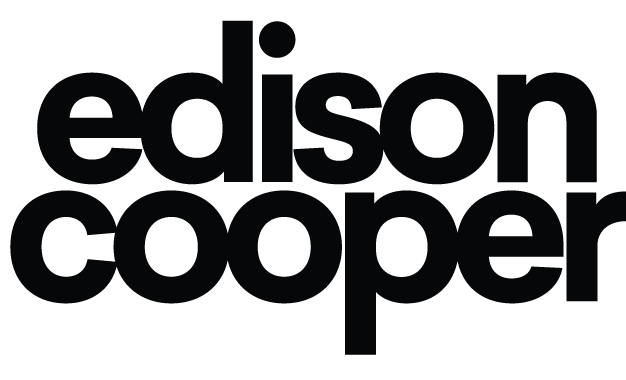Improving your WordPress website speed
Did you know that for every second your site is delayed, your customers’ satisfaction drops by 15 percent or more? Additionally, every second-long delay reduces your potential page views by up to 10 percent.
As you can imagine, having a website that loads quickly is not only helpful, it is an absolute must.
A slow website is bad for business and directly affects your business’s ability to generate sales. A fast website, by contrast, makes it more likely that your customers will stay on your website and respond to your calls to action.
1. Choose a good hosting provider
If you have a shared hosting solution, it’s going to negatively affect your site’s loading speed, no matter what optimizations you do.
So, we encourage you to get proper web hosting.
2. Use a caching plugin
WordPress is built on PHP. This means when someone visits a WordPress page, PHP scripts interact with a MySQL database to pull together the page’s content.
PHP scripts perform the following functions:
- Fetch specific content such as posts or pages from the MySQL database.
- Retrieve related media and comments.
- Combine this data with the website’s theme and active plugins.
This combined content then becomes the final HTML output, which is delivered to the visitor’s browser.
Every step in this process adds a little to the page’s load time, so it’s not uncommon for the total load time to add up.
3. Simplify your page designs and content
To simplify your web design and make your website faster, follow the steps below ⬇️
Prioritize content, test, and iterate:
- Identify the primary goals of your website or the specific page
- Design with a mobile-first approach
- Ensure that elements stack well and are easily accessible on smaller screens
- List out all the elements and content on your page
- Rank page elements based on their importance and relevance to your goals
- Remove or relocate any element that doesn’t directly serve the page’s primary purpose
Limit color schemes and typography:
- Stick to a simple color palette (A good rule of thumb is to have one primary color, one secondary color, and one accent color.)
- Limit the number of fonts used on your website to 2 or 3 at most (One for headings, one for body text, and maybe an accent font.)
- Maintain consistent font sizes and styles across similar elements
- Increase the use of white space to reduce clutter and give your content room to breathe
Optimize images and media:
- Use only essential images
- Compress images to reduce their file size without compromising on quality
- Only use pop-ups when absolutely necessary, like for email sign-ups or crucial announcements
- Ensure your pop-ups are easily dismissible
Opt for standard layouts with streamlined navigation:
- While it’s tempting to go for unique layouts, standard layouts are familiar to users and often offer the best user experience
- Use grid layouts for a structured look
- Reduce the number of items in your main navigation menu if necessary
- Group related items under dropdown menus or utilize mega menus if you have multiple options
- Ensure navigation is intuitive so users can find what they’re looking for quickly



